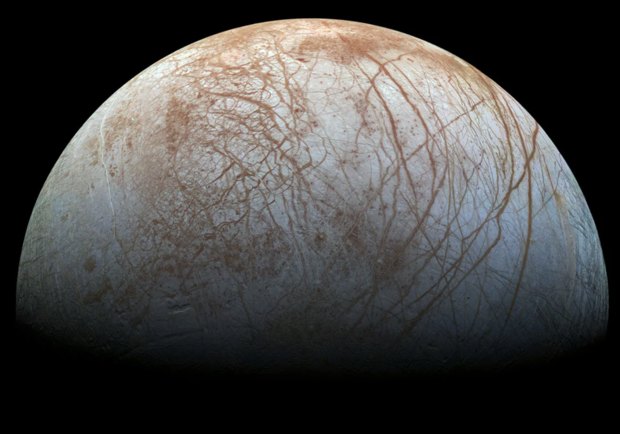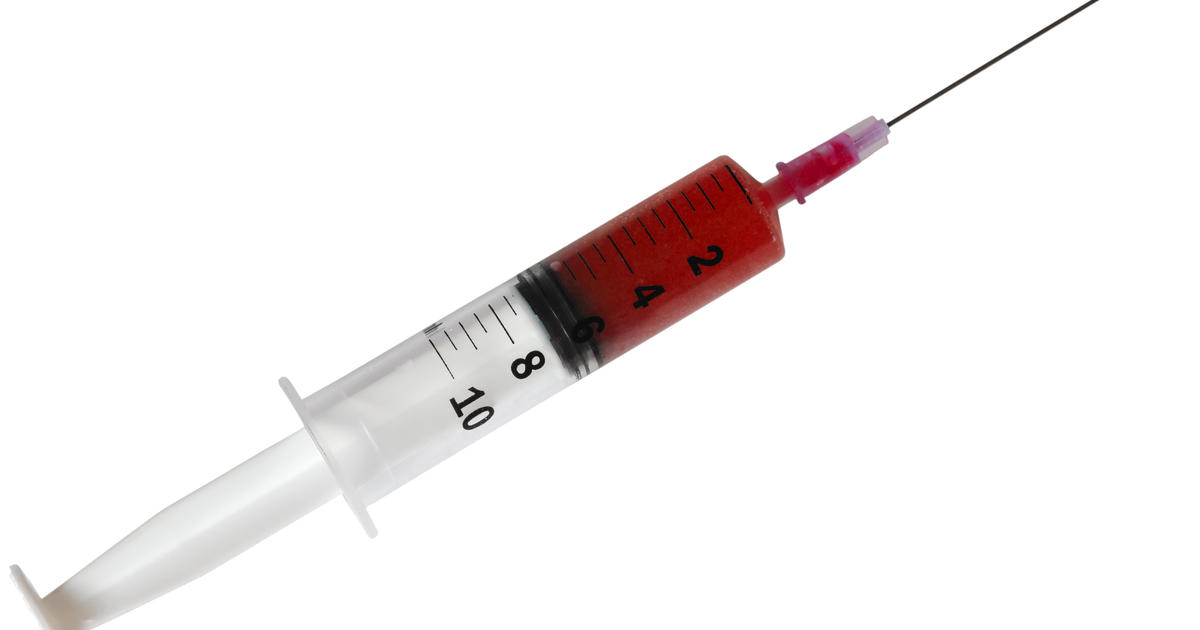This planetary moon generates enough oxygen a day to keep a million humans breathing
Europa, one of Jupiter's 95 moons, generates 1,000 tons of oxygen every 24 hours, NASA's Jet Propulsion Laboratory said Monday.
It's enough oxygen to keep a million humans breathing each day, but it's substantially less than scientists previously believed existed, researchers said. The amount of oxygen could impact the moon's underground ocean, which is thought to contain twice as much water as all of Earth's oceans combined.
Europa, the sixth-closest moon to Jupiter, is slightly smaller than Earth's moon, according to NASA. Like Earth, Europa is believed to have a rocky mantle and an iron core.
The findings, published Monday in the journal Nature Astronomy, show Europa's producing around 26 pounds of oxygen every second. Scientists previously estimated that the moon could be producing more than 2,000 pounds of oxygen every second.
The newest estimate was made based on the amount of hydrogen being released from Europa's surface. The data was gathered by NASA's space probe Juno, which flew by Europa in 2022.
"Juno brought a new capability to directly measure the composition of charged particles shed from Europa's atmosphere, and we couldn't wait to further peek behind the curtain of this exciting water world," lead author James Szalay of Princeton University said. "But what we didn't realize is that Juno's observations would give us such a tight constraint on the amount of oxygen produced in Europa's icy surface."
Though the planet has oxygen, it wouldn't necessarily be a safe place for humans — and not just because of a lack of breathable air.
"The question of human exploration at Europa is a very complex one," Szalay said in an email. "The radiation is extremely intense at Europa and estimates suggest an astronaut within a space suit would not be able to survive more than a day on the surface solely due to this intense radiation. So they'd probably have even bigger problems than oxygen in such an environment."
NASA's Juno, launched in 2011, has been probing Jupiter since 2016.
"Determining the amount of water – and therefore oxygen – in the gas giant is important not only for understanding how the planet formed, but also how heavy elements were transferred across the solar system," according to NASA's Juno mission. "These heavy elements were crucial for the existence of rocky planets like Earth – and life."
"Since Jupiter is the best example of a gas giant that we have, learning its history will help us understand the hundreds of giant planets we've discovered orbiting other stars," the mission added.
NASA plans to launch Europa Clipper on Oct. 10, 2024, to conduct "detailed reconnaissance of Jupiter's moon Europa and investigate whether the icy moon could harbor conditions suitable for life."
The space agency says that Europa "may be the most promising place in our solar system to find present-day environments suitable for some form of life beyond Earth."




